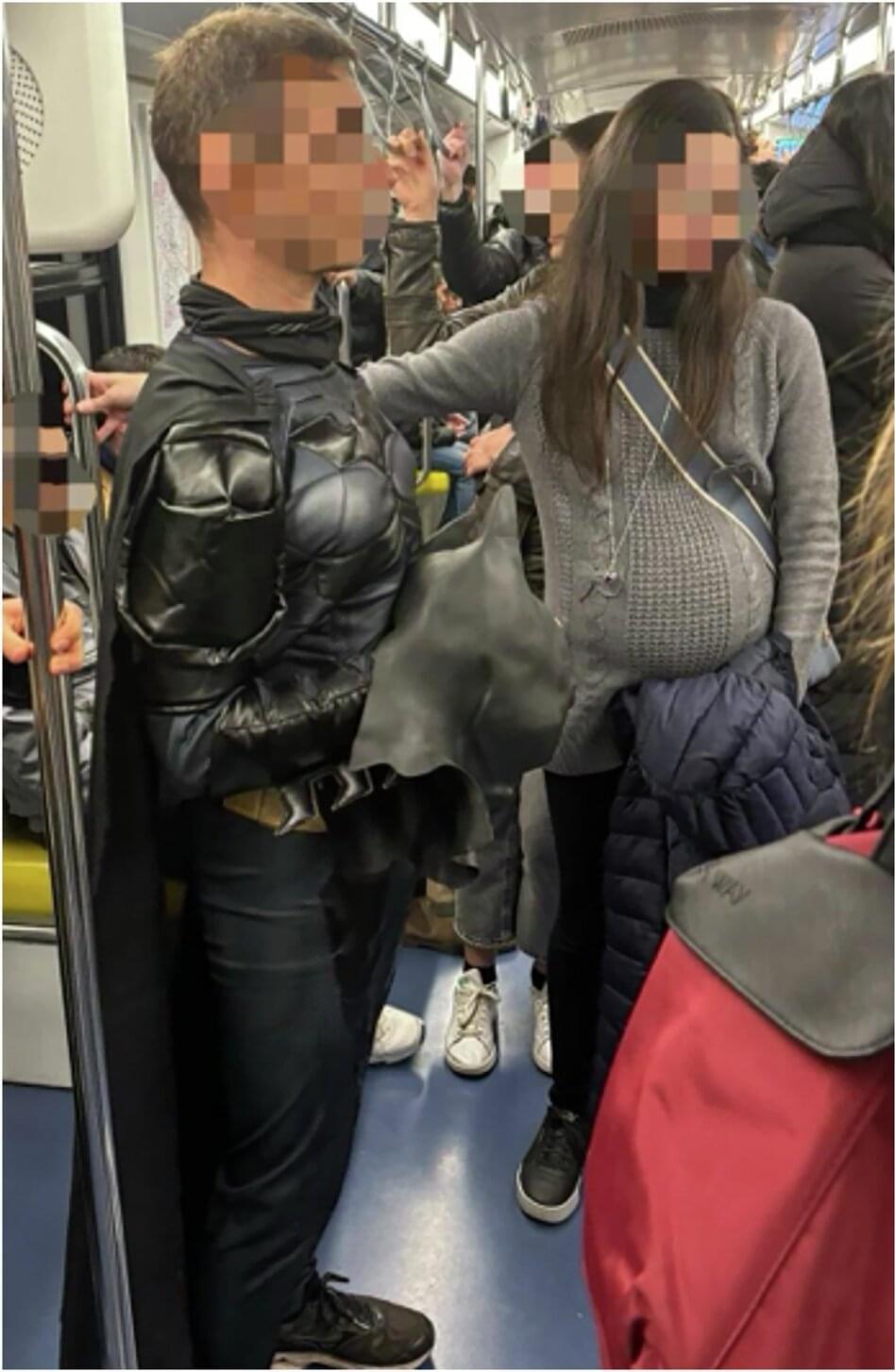#artificialintelligence
Agentic AI is a form of artificial intelligence that does more than just generate; it will act, reason somewhat, collaborate, and execute on its own. Agentic AI transforms its role from a limited tool to that of a collaborative coworker.
This shift affects various sectors, including cybersecurity, national defense, healthcare, key infrastructure, finance, supply chains, and corporate automation. Additionally, it accelerates the integration of robotics, neuromorphic systems, sensor-driven edge computing, and artificial intelligence.
Systems with the ability to plan and pursue goals characterize Agentic AI. IIt combines APIs and tools, engages with dynamic environments, makes decisions, uses reasoning, and continues to learn and adapt.






